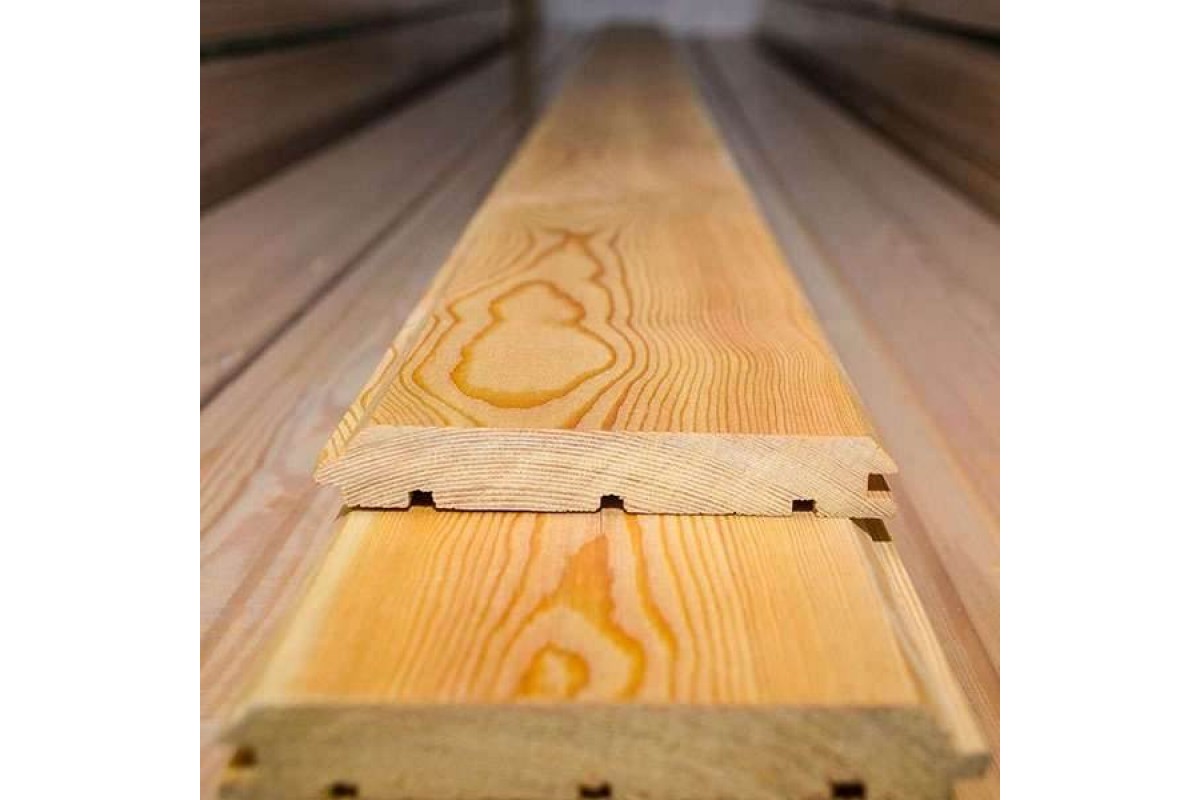Choosing the right wooden materials for Outdoor space
페이지 정보

본문
As you work on outdoor projects, choosing the right type of wood is required for getting the desired result and ensuring longevity. The wood you choose you pick should be capable of handling the external factors, resist rot and insects, and keep its color and texture over seasons.
A major elements when selecting a wood species for outdoor projects is its ability to combat decay and insects. Types of wood rich in significant amounts of sap tend to be more resistant to decay and insect harm. Some instances of timber that exhibit these qualities include redwood, these types of wood being chemically resistant to pests and decay, making them perfect for outdoor projects such as fences.
Another factor factor to consider is the tree's ability to cope with presence of the elements. Woods that are dense and firm, such as mahogany, are more resistant to splitting and fracturing under harsh temperatures. These types of wood are also more durable and can withstand excessive human activity and вагонка штиль м2 treacherous weather conditions.
 The appearance and tone of the wood are also required considerations to think about. Timbers with a natural silvery-gray color, such as weathered timber, tend to create a beautiful sheen over seasons. This type of wood is also immune to twisting and cracking, making it an superb option for outdoor projects such as outdoor seating and bench seating.
The appearance and tone of the wood are also required considerations to think about. Timbers with a natural silvery-gray color, such as weathered timber, tend to create a beautiful sheen over seasons. This type of wood is also immune to twisting and cracking, making it an superb option for outdoor projects such as outdoor seating and bench seating.
In addition to the type of wood, the finish and lacquer are also crucial factors to think about. This species of tree been properly and lacquered with a waterproof coating can tolerate the elements and maintain its semblance over years. Think about a type of finish that is particularly designed for outdoor use, as it will provide the superb protection against the elements.
Some types of wood that are not suitable for outdoor projects include pine. These timber species are soft and liable to fungus and insects, making them less durable and more vulnerable to harm. However, with adequate treatment and maintenance, these wooden materials can still be used for outdoor projects, but they may require more frequent replacement.
Ultimately, the correct type of wood for outdoor projects depends on the specific needs and requirements of the venture. By evaluating the considerations mentioned above and selecting a timber type that is resistant to rot and insects, has a organic resistance to the elements, and develops a beautiful finish over years, you can ensure a durable and long-lasting result.
A major elements when selecting a wood species for outdoor projects is its ability to combat decay and insects. Types of wood rich in significant amounts of sap tend to be more resistant to decay and insect harm. Some instances of timber that exhibit these qualities include redwood, these types of wood being chemically resistant to pests and decay, making them perfect for outdoor projects such as fences.
Another factor factor to consider is the tree's ability to cope with presence of the elements. Woods that are dense and firm, such as mahogany, are more resistant to splitting and fracturing under harsh temperatures. These types of wood are also more durable and can withstand excessive human activity and вагонка штиль м2 treacherous weather conditions.
 The appearance and tone of the wood are also required considerations to think about. Timbers with a natural silvery-gray color, such as weathered timber, tend to create a beautiful sheen over seasons. This type of wood is also immune to twisting and cracking, making it an superb option for outdoor projects such as outdoor seating and bench seating.
The appearance and tone of the wood are also required considerations to think about. Timbers with a natural silvery-gray color, such as weathered timber, tend to create a beautiful sheen over seasons. This type of wood is also immune to twisting and cracking, making it an superb option for outdoor projects such as outdoor seating and bench seating.In addition to the type of wood, the finish and lacquer are also crucial factors to think about. This species of tree been properly and lacquered with a waterproof coating can tolerate the elements and maintain its semblance over years. Think about a type of finish that is particularly designed for outdoor use, as it will provide the superb protection against the elements.
Some types of wood that are not suitable for outdoor projects include pine. These timber species are soft and liable to fungus and insects, making them less durable and more vulnerable to harm. However, with adequate treatment and maintenance, these wooden materials can still be used for outdoor projects, but they may require more frequent replacement.
Ultimately, the correct type of wood for outdoor projects depends on the specific needs and requirements of the venture. By evaluating the considerations mentioned above and selecting a timber type that is resistant to rot and insects, has a organic resistance to the elements, and develops a beautiful finish over years, you can ensure a durable and long-lasting result.
- 이전글The Debate Over United Arab Emirates Army Salary 25.03.28
- 다음글A Pros and Cons of Employing Composite Decking 25.03.28
댓글목록
등록된 댓글이 없습니다.
